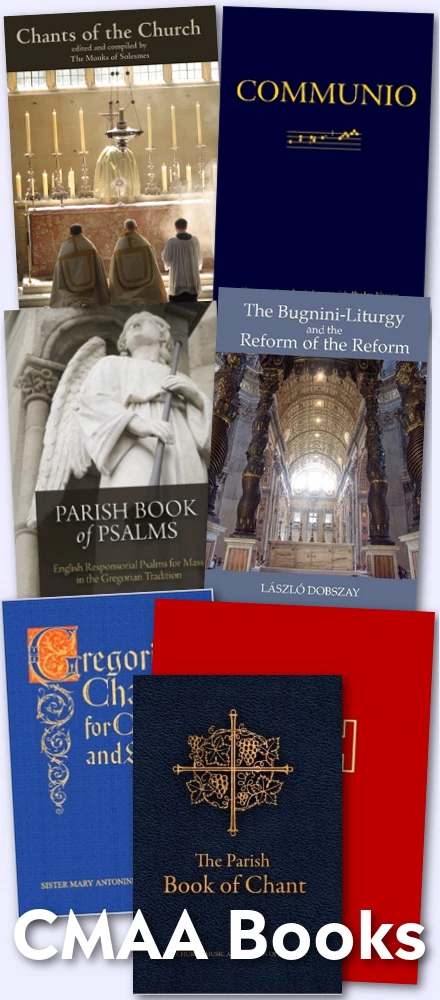The speech by James MacMillan, the pre-eminent Scottish composer, is now online. It received vast attention at the time it was given but the press reports didn't convey the full extent of his research and understanding. One can quibble about some characterizations but given what a minefield he has ventured into here, this is a wonderful speech overall.
In recent times the Church has developed uneasy relations with its musicians. Growing up in the 1960s and 70s I was aware of a creeping separation between my serious engagement with the study of music, the application and practice of assiduously honed skills, and what the Church seemed to need and want for its liturgy.I soon discovered that most serious Catholic musicians were being repulsed by an increasingly rigid misinterpretation of the Second Vatican Council’s reforms on music. Clergy and "liturgists" began expressing a scarcely veiled disdain for the very expertise and learning that musicians had sought to acquire. Serious musicians were more and more caricatured as elitists, reactionaries and Tridentinists by a new philistinism in the Church. Many of those who were not subdued into a state of quietism defected to Anglican and Lutheran parishes where their skills as organists, choral directors and singers were greatly appreciated.
These other churches now regard the Catholic Church as having engaged in a cultural vandalism in the 1960s and 70s – a destructive iconoclasm which wilfully brought to an end any remnant of its massive choral tradition and its skilful application to liturgical use. In short, music in the Catholic Church is referred to with sniffs of justified derision by these other denominations which have managed to maintain high standards of music-making in their divine services.
FULL ARTICLE . And here is an active thread at Amy Welborn's blog.




















